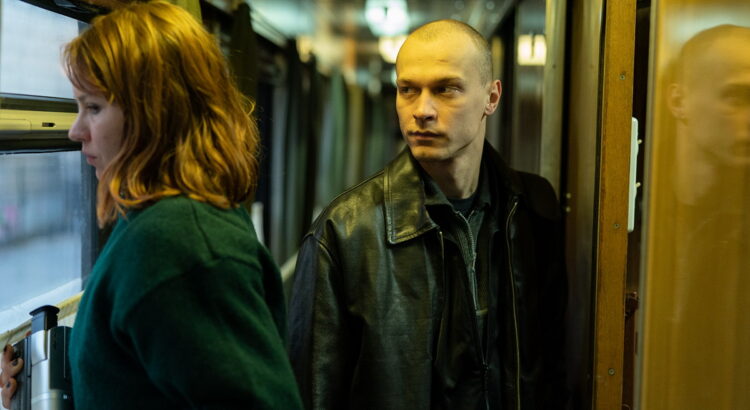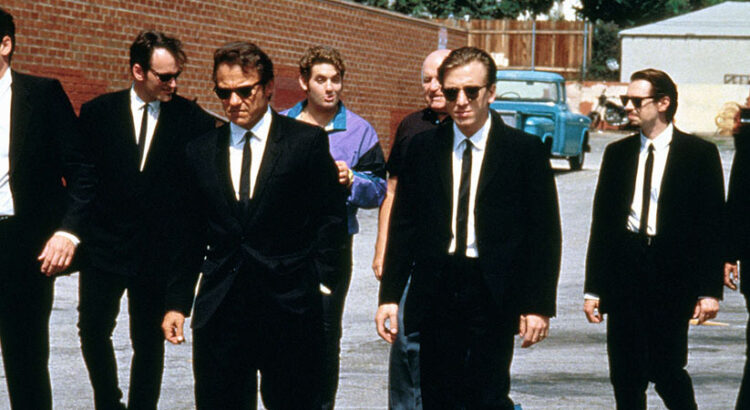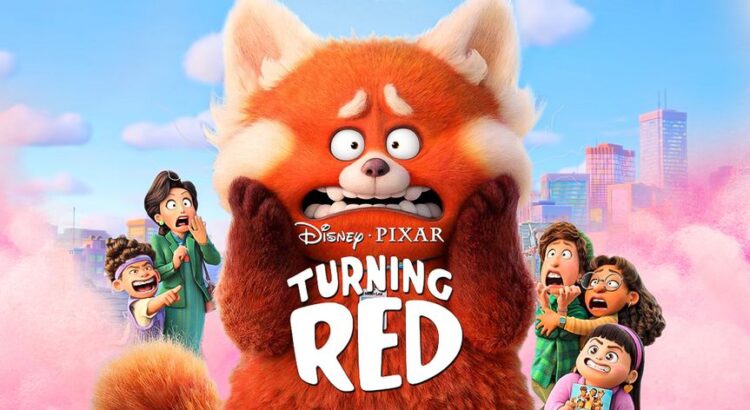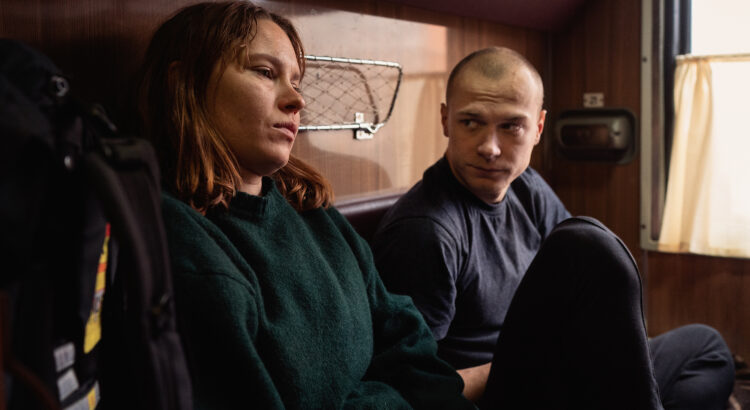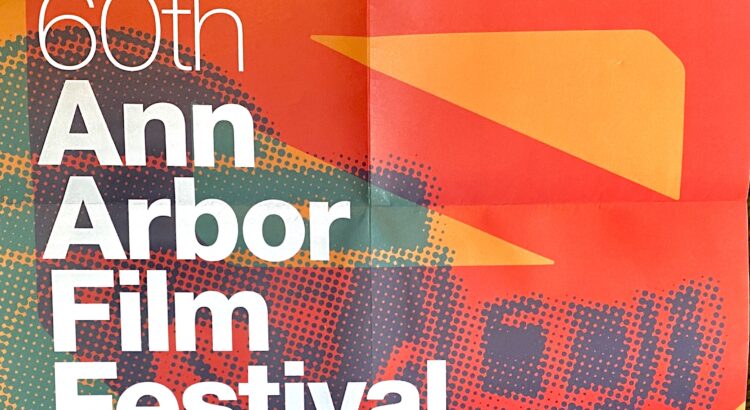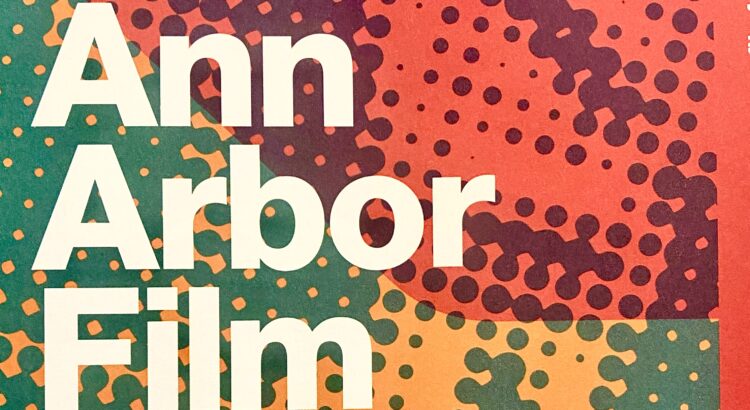Compartment No. 6, a film by Finnish director Juho Kuosmanen was the kind of film that really makes you forget you’re sitting in a theater. The majority of the film consists of two travelers sharing a cabin on a sleeper train, heading from Moscow to Murmansk, Russia. Laura is a Finnish academic coping with the inevitable dissolution of her relationship while Lyokha is a Russian working-class man headed to make some money in the mines at their destination. Laura is conversely headed to see a set of petroglyphs as a historic endeavor, a trip that her sort-of-but-not-quite ex-partner dropped out from.
It feels a little tired to follow the arc of “they can’t stand each other” to “they have a snow ball fight, giggling and red-nosed,” but there’s a sense of sincerity to this film that is impossible to shake. This could very well be due to the fact that I’m not familiar with Eastern European culture and the lived realities of these places, but the setting felt as though it was constructed with a careful and affectionate eye.
The train as a center of activity and plot development was fantastic. In such a small space there seems to be an entire world constructed, as the two characters venture throughout various locations within the train. This kind of claustrophobia also lends itself to an accelerated intimacy, both in terms of the visual framing of the characters and the actual plot.
I’m still trying to decide how I feel about the ending of this film. I suppose I really mean the final act, as I’m wondering if it was entirely necessary. This section leaves the train and thus shifts contexts in a way that, yes, wraps everything up, but doesn’t quite align with the rhythm of the rest of the film. I think I also would have liked more ambiguity to the way their relationship ends, but at the same time I can’t be mad that this part of the movie finished the story off in a satisfying and sweet way.
At the end of the day, though, this film consists of every beat you hope to hit when travelling: interesting and frequent new characters, a feeling of imminent change, and an understanding that everything is so bittersweetly temporary. This movie is well worth a watch, and is sure to remain in viewers’ minds as we all wait for our next train to catch.

